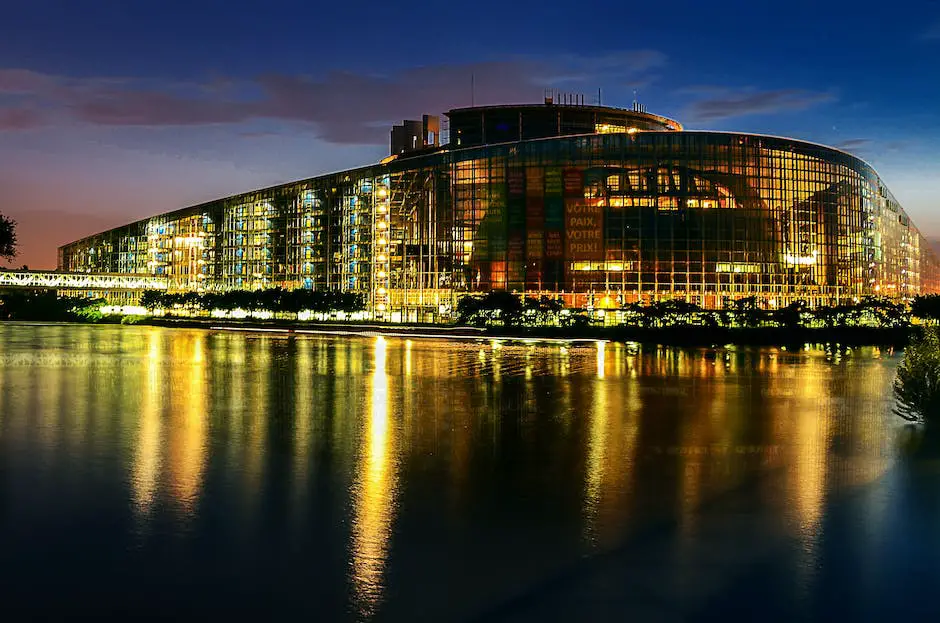
Ah, Strasbourg! A city where the whispers of history echo through the streets, and the architecture tells tales of times long past. Nestled in the heart of Alsace, France, this enchanting city is a tapestry of architectural marvels, each thread representing a different era. Let’s embark on a journey through the evolution of Strasbourg’s architecture, where the past and present dance in harmony.
The Medieval Majesty
Our architectural odyssey begins in the medieval period. Strasbourg’s Gothic masterpiece, the Cathedral of Notre Dame, soars into the sky, its spire piercing the clouds. Constructed over several centuries, it’s a testament to the ingenuity of medieval masons. The cathedral’s intricate façade, with its delicate sculptures and stained glass, casts a spell on all who gaze upon it.
Strolling through the ‘Petite France’ district, half-timbered houses lean cozily against each other. These structures, with their wooden frames and overhanging Upper stories, evoke a sense of stepping back into a fairy tale. They’re not just pretty faces, though; these homes were built to last, withstanding the test of time and the elements.
Renaissance Rebirth
As we move into the Renaissance, Strasbourg’s architecture reflects the era’s thirst for knowledge and beauty. The Kammerzell House stands as a prime example, its façade a canvas of intricate carvings depicting classical themes. Inside, the grand wooden staircase spirals upwards, as if inviting us to ascend to greater heights of understanding.
The Palais Rohan, another gem from this period, showcases the elegance of French classical architecture. Its symmetrical design and grandiose rooms speak of a time when opulence and order were the order of the day. It’s a stark contrast to the cozy medieval homes just a stone’s throw away.
Strasbourg’s Parks: A Green Embrace
Amidst the stone and timber, Strasbourg’s parks offer a verdant retreat. The Parc de l’Orangerie, the city’s oldest park, is a masterpiece of landscape architecture. Its design, with formal gardens and meandering paths, invites visitors to wander and wonder. The park’s architecture, from the quaint pavilion to the grandiose Palace of Europe, harmonizes with nature, creating a serene oasis.
The Jardin des Deux Rives, straddling the border with Germany, is a symbol of Unity and collaboration. Its contemporary design, with sweeping curves and bold lines, bridges the gap between nations and eras. It’s a place where the future of architecture is as important as its past.
Industrial Innovation
The industrial revolution brought new materials and methods to Strasbourg. The Vauban Dam, a marvel of engineering, stands as a bulwark against the mighty Rhine. Its massive Gates and complex mechanisms are a reminder of the era’s fascination with progress and power.
Railways and factories sprang up, their brick and iron structures a stark departure from the wood and stone of earlier times. The Neustadt district, with its grand avenues and imposing buildings, reflects the German influence during their annexation of Alsace. It’s a blend of German precision and French flair, creating a unique architectural dialect.
Modern Movements
As we leap into the 20th century, Strasbourg doesn’t shy away from modernity. The European Parliament building, with its sleek glass façade, is a beacon of contemporary design. It’s a symbol of Strasbourg’s role as a European capital, where the future is being shaped.
The city’s embrace of modern architecture doesn’t mean a rejection of the past. Instead, it’s a conversation between eras. The Musée d’Art Moderne et Contemporain, with its clean lines and open spaces, showcases this dialogue. It’s a space where the art within and the architecture without complement each other perfectly.
Strasbourg Today: A Living Legacy
Today, Strasbourg stands as a living museum of architectural evolution. From the medieval to the modern, each era’s signature is etched into the city’s fabric. It’s a place where history is not just preserved but lived in and loved.
The city’s commitment to sustainability is evident in its contemporary buildings. Green roofs and energy-efficient designs are becoming the norm, as Strasbourg looks to the future while honoring its past.
FAQs
- What architectural styles can be found in Strasbourg?
Strasbourg boasts a variety of architectural styles, including Gothic, Renaissance, Baroque, Neoclassical, and modernist. This diversity reflects the city’s rich history and cultural influences.
- Can you visit Strasbourg’s historical buildings?
Absolutely! Many of Strasbourg’s historical buildings are open to the public, including the Cathedral of Notre Dame, the Kammerzell House, and the Palais Rohan. They offer a glimpse into the city’s past and its architectural heritage.
- How does Strasbourg’s architecture reflect its role in Europe?
Strasbourg’s architecture, especially in its European district, reflects its status as a center of European politics and culture. The European Parliament building and other modern structures symbolize Strasbourg’s forward-looking spirit and its commitment to European unity.
Conclusion
In conclusion, Strasbourg’s architecture is a rich mosaic, each piece telling a story of cultural exchange, innovation, and resilience. From the soaring Gothic cathedral to the sleek lines of the European Parliament, the city’s buildings are a testament to its ability to blend tradition with progress. Strasbourg’s parks, particularly their architecture, offer a green counterpoint to the urban landscape, embodying the city’s dedication to harmony between man-made and natural environments.
For those enchanted by the evolution of urban design, Strasbourg is a living textbook, its pages open for all to read. It’s a city that doesn’t just dwell in its past glories but builds upon them, creating a vibrant, sustainable future. So, whether you’re a history buff, an architecture enthusiast, or simply in search of beauty, Strasbourg awaits with open arms and a story at every corner.
Remember, Strasbourg’s architecture isn’t just about buildings; it’s about the soul of a city that has gracefully danced through time, inviting us all to join in its rhythm. And that, my friends, is something truly special.